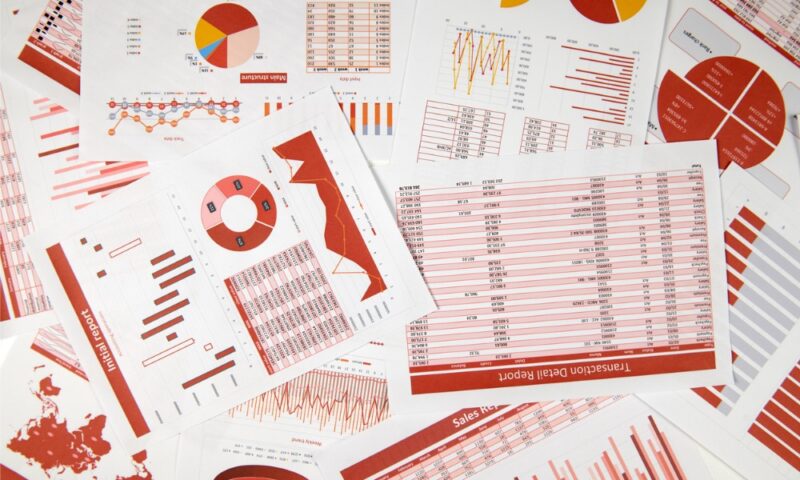
How to Avoid Data Paralysis
A new study suggests that executives, overwhelmed by information, are scared to make decisions. One step toward a solution: Don't confuse metrics with strategy.
Can a robot do a CEO’s job better than a human being?
In 2023, it’s a question you can actually ask with a straight face. One reason for that is all the chatter about AI. Another reason is that CEOs seem to be asking the question of themselves. According to a survey on executive decision-making released last month by Oracle, 70 percent of business leaders say that they’re drowning in so much data that they “would prefer for it all to just go away and to have a robot make their decisions.”
Data is so overwhelming that 21 percent of leaders say they now just rely on gut instincts.
It may be that we’re not too far from trusting algorithms to handle tough calls exclusively. But what the Oracle report, The Decision Dilemma, mainly suggests is that executives have hit a wall when it comes to being “data-driven.” On the one hand, they give a lot of credence to numbers: Nearly all of the 14,000 employees and business leaders surveyed said “having the right type of decision intelligence can make or break the success of an organization.” But on the other, they lack confidence that they possess the right intelligence. More than a third say they don’t know what sources to trust, and 70 percent have punted on a decision because “the data was overwhelming.”
Decision-making paralysis is nothing new, of course. What’s changed is that there are so many more inputs to consider now, and so many more reasons to fear that you’re looking at the wrong ones. As a result, according to the Oracle report, a lot of organizations are stagnating, and a lot of executives are feeling overly stressed. Or, worse, they’re just dispensing with data altogether—21 percent say they now just rely on gut instincts.
It may help to remember that while “trust your gut” is often misleading, data alone won’t give you the answers you need. Successful decision-making has always been a blend of looking at data and thinking intuitively.
A few years ago, writer and consultant Shelley Row spoke with me about the importance of bringing both into play, especially when it comes into board-level discussions: “When we’re trying to make a decision and it just isn’t gelling, try probing that discomfort. I might say, ‘What’s not sitting right? What’s making us uncomfortable about this decision?’ What that does is it forces them to put language around the discomfort. Once it’s articulated, it’s easier to work with and find solutions to move forward.”
That won’t automatically give you a key to identify which metrics to value and which you can safely ignore. No one thing will. But associations with a strategic plan already have something of a road map for that. If your goal is to help your industry expand, data around industry growth and engagement will be key. If the goal is to help engage the broader public in your association’s profession, then metrics around awareness and involvement should be top-of-mind.
During the pandemic, a lot of associations had to rethink how they looked at and gathered data, especially when it came to meetings. Past meeting attendance was no longer a predictor of future attendance; leaders needed to look at different numbers, from web traffic to pulse surveys about their comfort levels around travel. Decision-making is rarely easy, but nor should it be a source of despair. At heart, it’s about knowing where your members and customers are, where you want to help them get to, and finding the most meaningful numbers to discuss.
Have you dealt with decision paralysis as a result of too much data? What do you do to address it? Share your thoughts in the comments.
(soleg/iStock)






Comments